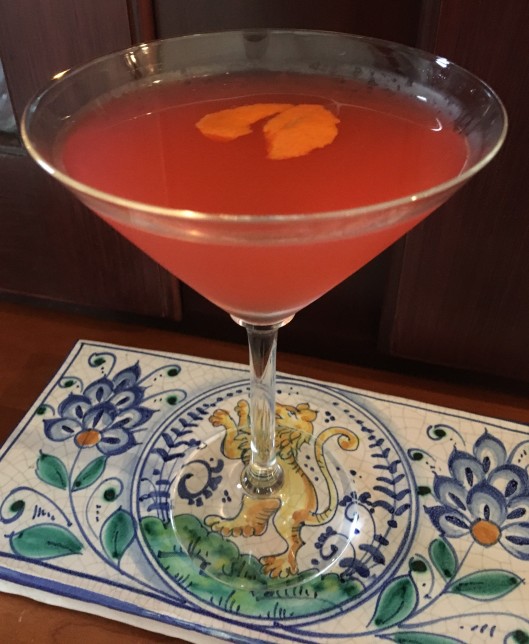
Koningsdag, or King’s Day is a national holiday in the Kingdom of the Netherlands. It is celebrated on April 27th, which is the birthday of the presiding King, Willem-Alexander. Up until 2013, when Queen Beatrix abdicated and was succeeded by her son Willem-Alexander, the holiday was known as Koninginnedag, or Queen’s Day and was celebrated on April 30th, the Queen’s birthday… You see how this works, right?
The holiday was initially observed on August 31, 1885 as Prinsessedag, or Princess’s Day, the fifth birthday of Princess Wilhelmina, heir to the Dutch throne at the time. On her accession in November 1890 the holiday acquired the name Koninginnedag, and was first celebrated on August 31, 1891. In September 1948, Wilhelmina’s daughter Juliana ascended to the throne and the holiday was moved to Queen Juliana’s birthday, April 30th. The holiday was celebrated on this date beginning in 1949.
Juliana’s daughter, Beatrix, retained the celebration on April 30th after she ascended the throne in 1980, even though her birthday was January 31st. All very confusing, really…
Queen Beatrix abdicated on Koninginnedag in 2013 probably as a result of not maintaining the holiday on her specific birthday, and her son, Willem-Alexander, ascended the throne (the first king since the observance of the national holiday). As a result, the holiday became known as Koningsdag beginning in 2014, and the celebration was moved to the King’s birthday, April 27th.
Koningsdag is known for its nationwide vrijmarkt (“free market”), which is essentially a country-wide flea market. Quite scary, actually… The day is also an opportunity for “orange madness” or oranjegekte, a frenzied celebration of the Dutch national color. Orange is everywhere on April 27th, and I mean everywhere…
In honor of this auspicious holiday, why not create a cocktail celebrating King’s Day?
Ladies and Gentlemen, I present to you, The King’s Cocktail, or De Konings Cocktail:
2oz. Gin
1oz. Grand Marnier
1/2oz. Campari
1/2oz. Lemon Juice
Shake the ingredients with crushed ice, vigorously. Strain into a cocktail glass. Garnish with an orange twist.
Enjoy!


















